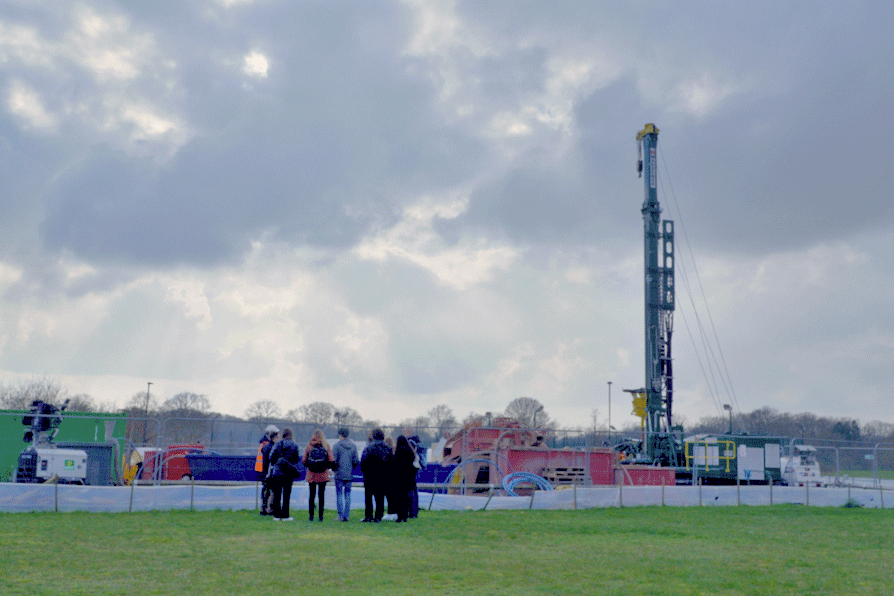
SSE Energy Solutions and contractor Igne are drilling test boreholes exploring the feasibility of supplying the University of Warwick with heat from a shallow geothermal ground source.
Energy firm SSE’s commercial retail subsidiary SSE Energy Solutions is overseeing a test drilling programme at two different locations on the University of Warwick campus.
Drilling contractor Igne has been carrying out the drilling and casing of the boreholes. It will also undertake geophysical testing and test pumping, Igne water wells director Ben Cornish confirmed in a LinkedIn post.
The aim is to carry out tests throughout the drilling programme to validate the feasibility of a scheme using ground source heat pumps.
“If these tests prove successful, subsurface groundwater with all-year-round consistent temperature could supply two energy-efficient ground source heat pump energy centres for both the university’s existing heat network and new developments on campus,” SSE Energy Solutions said in a recent release.
The project is seeking to tap into the earth’s natural thermal energy at depths of up to 350m.
As part of the study, SSE Energy Solutions said it is working with the University of Warwick to establish "the best low-carbon solution, through technology selection and a phased, modular approach".
In managing this feasibility project, SSE Energy Solutions hopes the eventual outputs could be replicated across other UK campuses.
SSE Energy Solutions sector director for heat networks Jody Pittaway said: “We have developed strong expertise in the long-term operation of large-scale open-loop heat pumps in the UK, and we are pleased to bring that expertise to our current feasibility study with the University of Warwick.
“These initial tests are a first step on the road to heat decarbonisation. They will give the university essential information to facilitate the energy centre design and help to deliver the university’s 2030 decarbonisation goals.”
The University of Warwick’s target is to meet net zero for scope 1 and 2 emissions by 2030 and for scope 3 emissions by 2050, as well as achieving biodiversity net gain.